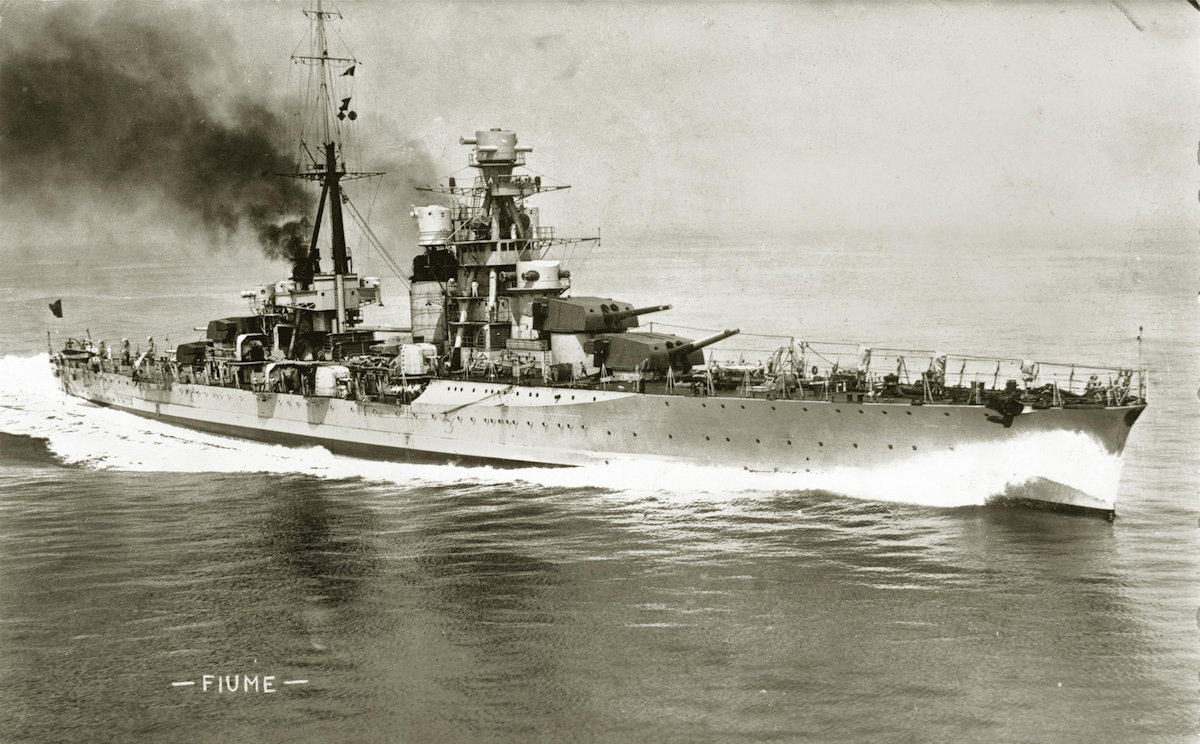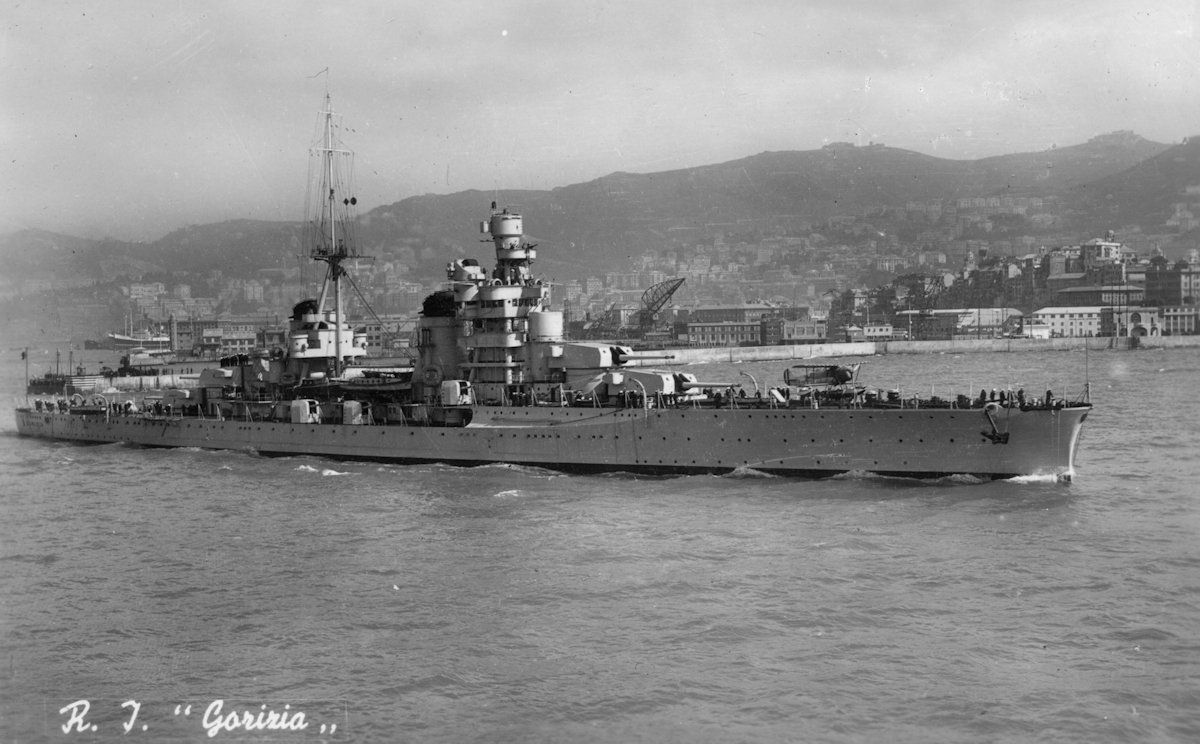Tag: World War Two
-
Hawker Sea Fury in Egyptian Service

Hawker Sea Fury in Egyptian Service The Royal Egyptian Air Force received 12 single seat Sea Furies in 1950-51. This was followed by the F.2/43 prototype NX798 G-AKRY. At least two Iraqi Furies were also presented to Egypt. Read more
-
Italian Heavy Cruiser Fiume

Italian Heavy Cruiser Fiume Fiume was the second of the Zara-class heavy cruisers built for the Italian Regia Marina (along with her sisters Zara, Pola and Gorizia). She was launched on 27 April 1930 and commissioned on 23 November 1931. During the Second World War, Fiume was engaged with convoy escort and intercepting British convoys.… Read more
-
Italian Heavy Cruiser Gorizia

Italian Heavy Cruiser Gorizia Gorizia was the third member of the Zara-class heavy cruisers built for the Italian Regia Marina. Launched on 28 December 1930, she was commissioned on 31 December 1931. As with her sisters (Zara, Fiume and Pola) she was nominally within the 10,000 ton limit of the Washington Treaty, however she displaced… Read more